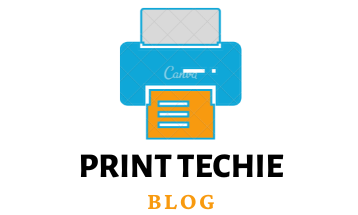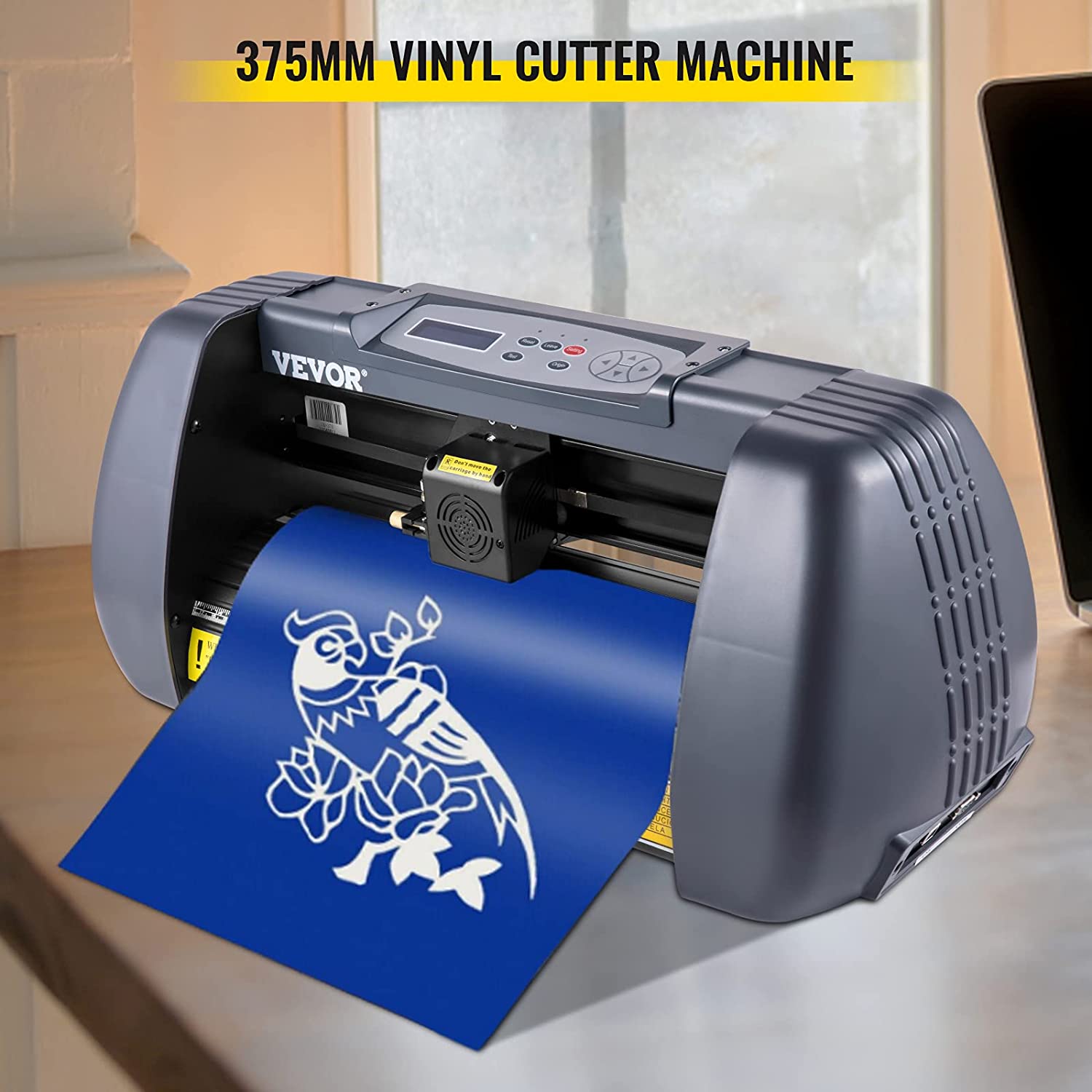Are you considering diving into the world of printable vinyl? Whether you’re a craft enthusiast, a small business owner, or someone looking to add a personal touch to their belongings, printing on vinyl can open up a world of creative possibilities. However, before you embark on your vinyl printing journey, it’s crucial to understand the importance of choosing the right printer.
In this blog post, we’ll explore the two main types of printers used for printing on vinyl: inkjet printers and laser printers. We’ll discuss their unique characteristics, pros and cons, and provide helpful tips for achieving outstanding results with each type. By the end, you’ll have a clear understanding of which printer is best suited for your specific vinyl printing needs.
Q: What printer should I use for printable vinyl?
The two main printer options for printing on printable vinyl are inkjet and laser printers. Inkjet printers are popular for their ability to produce vibrant and detailed prints, making them a great choice for colorful designs. Laser printers, on the other hand, offer sharp text quality and durability, making them suitable for black and white prints or designs prioritizing durability over color vibrancy. Consider your specific needs and preferences to choose the printer that best suits your requirements.
Q: Can you print on vinyl with a laser printer?
Yes, you can print on vinyl with a laser printer. However, it’s important to ensure that your laser printer is specifically designed to support printable vinyl and provides the necessary settings for optimal results. Compatible printable vinyl materials and proper adjustments to printer settings and temperature are crucial for successful printing with a laser printer.
Q: Can I print on vinyl with an inkjet printer?
Absolutely! Inkjet printers are commonly used for printing on vinyl. They offer superior color reproduction, allowing you to achieve vibrant and detailed prints on various types of printable vinyl materials. By selecting the right vinyl material and adjusting printer settings, you can achieve excellent results with an inkjet printer.
Printing on Vinyl with an Inkjet Printer
When it comes to printing on vinyl, inkjet printers have emerged as a popular choice among DIY enthusiasts and small businesses alike. Their versatility and affordability make them an excellent option for achieving vibrant and high-quality prints on vinyl surfaces.
Inkjet printers work by spraying tiny droplets of ink onto the vinyl material, resulting in precise and detailed prints. But what are the specific benefits of using an inkjet printer for vinyl printing? Let’s explore:
Benefits of using an inkjet printer for vinyl printing
- Superior Color Reproduction: Inkjet printers excel at reproducing vibrant and true-to-life colors, making them ideal for printing intricate designs or photographs on vinyl. Whether you’re creating custom stickers, decals, or heat transfers, an inkjet printer can bring your designs to life with impressive color accuracy.
- Wide Range of Compatible Vinyl Materials: Inkjet printers are compatible with various types of printable vinyl materials, including glossy, matte, and clear options. This versatility allows you to choose the perfect vinyl medium for your specific project, whether you’re creating labels, banners, or even vehicle graphics.
- Cost-Effectiveness: Compared to laser printers, inkjet printers are generally more affordable, making them a budget-friendly choice for individuals and small businesses. Additionally, ink cartridges for inkjet printers are often more reasonably priced, allowing you to maintain a cost-effective printing setup.
Read: disadvantages of inkjet printers
Tips for successful printable vinyl using inkjet printer:
To ensure successful printing on vinyl with an inkjet printer, here are a few essential tips to keep in mind:
- Select the Right Vinyl Material: Choose a vinyl material specifically designed for inkjet printing. Look for options that offer compatibility with your printer and provide a smooth surface for optimal ink absorption.
- Adjust Printer Settings: Fine-tune your printer settings to achieve the best results. Experiment with print quality settings, such as resolution and color management, to achieve the desired level of detail and color saturation.
- Handle with Care: After printing, handle the vinyl prints carefully to prevent smudging or scratching. Allow the prints to dry fully before handling or applying any adhesive to ensure longevity and durability.
By following these tips and leveraging the capabilities of an inkjet printer, you can achieve impressive results when printing on vinyl. However, it’s also essential to be aware of the alternative: printing on vinyl with a laser printer, which we’ll explore in the next section.
Printing on Vinyl with a Laser Printer

Many people wonder if it’s possible to print on vinyl with a laser printer. While inkjet printers are commonly associated with vinyl printing, laser printers offer their own set of advantages and can be a suitable option for certain applications. Let’s delve into the world of laser printers and their compatibility with vinyl:
- Laser Printer Overview: Laser printers use a different printing technology compared to inkjet printers. They employ laser beams to create electrostatic charges on a drum, which attract and transfer toner onto the vinyl material. This process results in sharp and precise prints with excellent text quality.
- Can You Print on Vinyl with a Laser Printer? The answer is yes, but with some considerations. Laser printers are generally designed for paper-based printing, so not all laser printers are compatible with vinyl. It’s crucial to ensure that your laser printer specifically supports printable vinyl and provides the necessary settings for optimal results.
- Pros and Cons of Using a Laser Printer: When it comes to printing on vinyl, laser printers have their own unique advantages and limitations. Some of the benefits include faster printing speeds, sharper text and line art, and better durability of the printed image. However, laser printers may not offer the same level of color vibrancy and versatility as inkjet printers, making them more suitable for black and white prints or designs that prioritize sharpness and durability over vivid colors.
Tips for successful printable vinyl using Laser printer:
To achieve successful vinyl printing with a laser printer, here are a few essential tips:
- Compatible Printable Vinyl: Ensure that you choose printable vinyl specifically designed for laser printers. Laser-compatible vinyl has a coating that can withstand the high temperatures involved in the laser printing process without melting or distorting.
- Adjust Printer Settings and Temperature: Laser printers typically have settings for different paper types and weights. Select the appropriate paper setting and adjust the temperature to ensure proper toner adhesion to the vinyl surface without causing excessive heat that could damage the material.
- Ventilation and Safety Precautions: Laser printing can produce fumes and odors, so it’s important to ensure proper ventilation in your workspace. Additionally, follow all safety guidelines provided by the printer manufacturer to protect yourself and maintain a safe printing environment.
By following these tips and understanding the specific capabilities and limitations of a laser printer, you can achieve satisfactory results when printing on vinyl. However, it’s essential to consider your specific printing needs and preferences when deciding between inkjet and laser printers for vinyl printing.
Read: How to Remove Iron-on Vinyl
Comparison: Inkjet vs. Laser for Vinyl Printing
When it comes to choosing the right printer for your vinyl printing needs, it’s essential to consider various factors and compare the capabilities of inkjet and laser printers. Let’s explore the key differences between these two options:
- Print Quality and Resolution: Inkjet printers are known for their exceptional color reproduction and ability to produce detailed and vibrant prints on vinyl. They excel in capturing subtle gradients and intricate designs. On the other hand, laser printers, while offering excellent text sharpness, may not provide the same level of color depth and vibrancy as inkjet printers. Laser printers are more suitable for black and white prints or designs that prioritize sharp lines and text.
- Cost Considerations: Inkjet printers generally have a lower upfront cost compared to laser printers. Additionally, ink cartridges for inkjet printers tend to be more affordable, making them a cost-effective choice for those with a limited budget. However, it’s important to consider long-term costs, such as ink or toner replacements, maintenance, and overall durability when making your decision.
- Printing Volume and Speed: If you have high-volume printing needs, laser printers often outperform inkjet printers in terms of speed. Laser printers are designed for fast and efficient printing, making them suitable for businesses with significant printing demands. Inkjet printers, while slightly slower, are still capable of handling medium to high-volume printing requirements.
- Longevity and Durability: When it comes to the longevity and durability of printed vinyl, inkjet prints may be more prone to fading over time, especially if exposed to direct sunlight or harsh outdoor conditions. On the other hand, laser prints tend to have better resistance to UV light and moisture, making them more suitable for applications that require long-lasting and durable prints.
Considering these factors, it’s crucial to assess your specific printing requirements and prioritize what matters most to you. If you value vibrant colors, intricate designs, and flexibility, an inkjet printer may be the ideal choice for your vinyl printing needs. On the other hand, if you prioritize sharp text, faster printing speeds, and durability, a laser printer might be the better option.
Ultimately, the decision between inkjet and laser printers for vinyl printing depends on your unique preferences, budget, and intended applications.
Conclusion:
In conclusion, when it comes to printing on vinyl, choosing the right printer is crucial for achieving outstanding results. Inkjet printers offer vibrant colors and versatility, making them ideal for detailed designs and photographs. Laser printers, on the other hand, excel in sharp text quality and durability.
Consider your specific needs, including desired print quality, budget, printing volume, and longevity, when deciding between inkjet and laser printers. While inkjet printers are great for vibrant colors and versatility, laser printers are suitable for black and white prints and prioritize durability.

